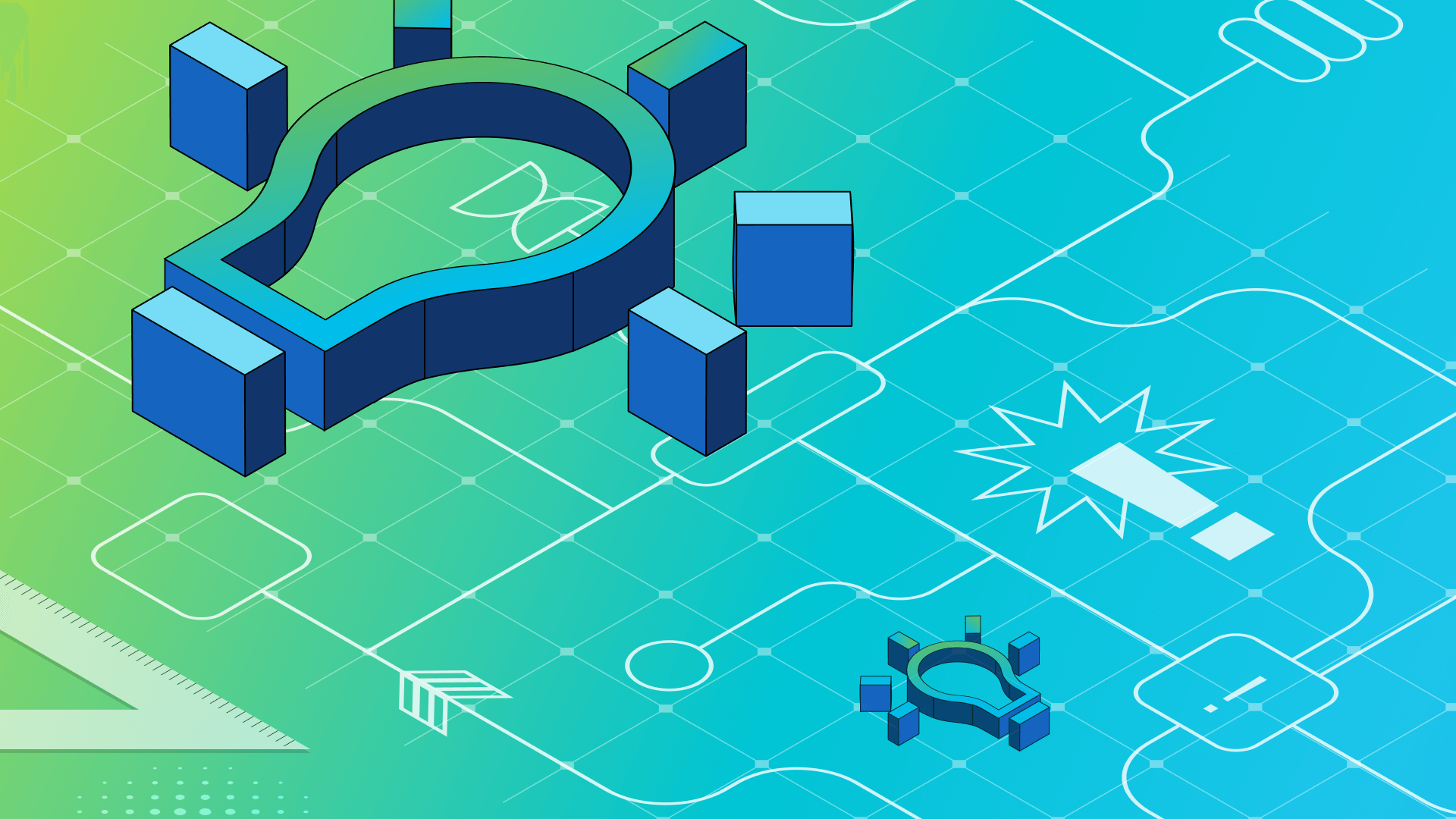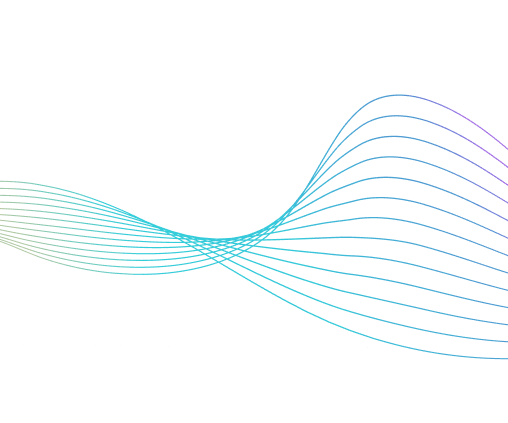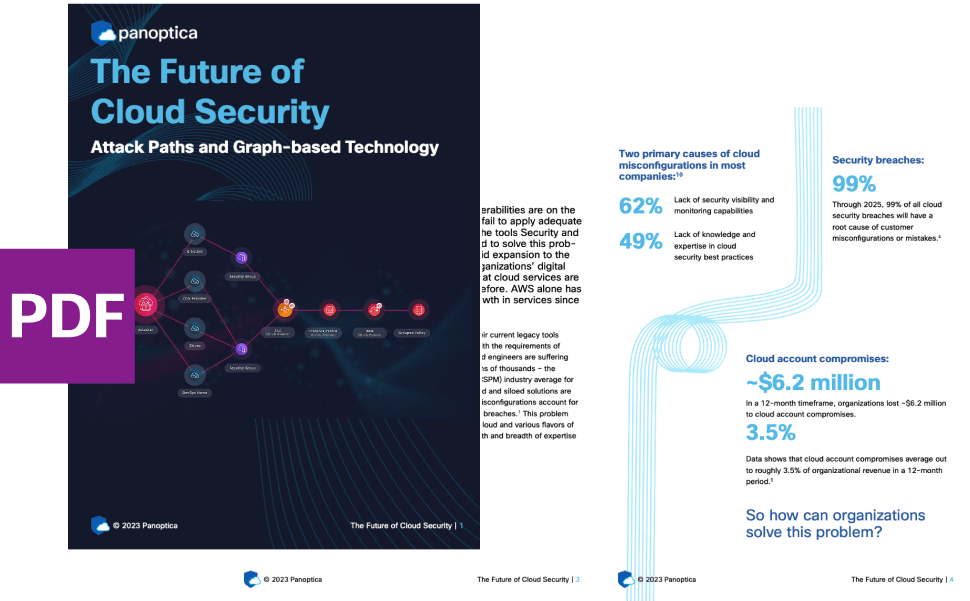INSIGHTS
7 min read

Published on 11/22/2022
Last updated on 03/21/2024
The Tacit Knowledge Blog Series 6/6
Share
Tacit Knowledge Ethical and Societal Implications
Organizations should be vigilant about the knowledge management procedures for transferring tacit knowledge to be fair and equitable for human participants during an elicitation process. More specifically, from a societal and ethical standpoint, we can restrict three points of interest that broadly track data, model, and impact. Another aspect to consider of tacit knowledge is when it collides with intellectual property (IP) and patent law jurisdiction. In this blog, I describe some of these issues.Data, Model, and Impact
Ethical and societal concerns are inevitable for a cognitive system. Organizations should be vigilant about the knowledge management procedures for transferring tacit knowledge to be fair and equitable for human participants. Once successfully trained, the cognitive system (blog#5) will operate in an industrial environment to allow new hires for on-site training. All the aspects of knowledge management shall be considered: from knowledge creation to knowledge transfer, from knowledge sharing to knowledge governance. Should the system operate with a conversational AI user interface, impact assessment for the creation and use of the interface shall be conducted by an independent organization before deploying the system. More specifically, from a societal and ethical standpoint, we can restrict three points of interest that broadly track data, model, and impact:- Data relates to concerns about what is used and how the data is collected. We note above that we propose using technical documentation and internal reports rather than video and audio assessment regarding what data is used. Notwithstanding this, our approach lends itself to others using this data. That is problematic because collecting emotive data (such as verbal and facial expressions) requires surveillance of staff over long periods. The ethical concern here is consent and the appropriateness of the potential use of emotive data.
- Model relates to the conceptual and symbolic layer. Here ground assumptions are made, which may be deemed contentious given that behavior analysis occurs. Concerns with bias can be raised regarding the exclusion of various types of unconscious behavior, such as rooted in variations in customs and language use — here, the danger of excluding specific sources of tacit knowledge is of concern.
- Impact relates to how tacit knowledge is used and the readiness with which the techniques of assessing non-algorithmic factors such as unconscious, unexplained knowledge can be abused. In essence, the rendering explicit of that which is implicit can be used to monitor subliminally and possibly manipulate staff, a concern the EU AI Regulation Act (2021) raises as a critical concern. Accountability, transparency, and good governance mechanisms can address ethical and societal considerations [1].
Finally, the most advanced regulatory intervention is the proposed EU AI Regulation Act (2021), which categorizes any algorithmic system used in human resources as high-risk, requiring the highest level of governance and assurance. The significance of these developments can be thought of as going beyond engineering validation and efficacy to societal impact.Accountability, transparency, and good governance mechanisms can address ethical and societal considerations
– Koshiyama A., et al. - Towards Algorithm Auditing (2021)
When Tacit Knowledge Collides with Patent Law
We conclude with a real case about ethical and privacy implications concerning intellectual property (IP) for tacit knowledge as an example of the collision between AI and Patent Law. One traditional method for capturing tacit knowledge is based on internal reports. The USPTO has recently granted (2019) a patent to IBM about maintaining tacit knowledge for accelerated compliance control deployment by building a tacit knowledge graph or knowledge base comprising a semantic level focusing on knowledge that does not exist yet or is not kept up to date in a traditionally structured, well-defined, coherent set of documents. We observe that the general idea to capture tacit knowledge into a KG is like the first stage of the cognitive pipeline described in blog#5, given the different definition for tacit knowledge. The definition of tacit knowledge as knowledge that does not exist yet applies more to implicit knowledge than to tacit knowledge because unstructured knowledge is already explicit and can be easily captured by a process, machine, or computer system, as claimed by IBM. But, the definition of tacit knowledge chosen ensures patent claims eligibility since they are not directed towards managing personal behavior, relationships, or interactions between people.On the contrary, the elicitation method described in blog#5 is not patentable in the US because, according to the Manual of Patent Examining Procedure (MPEP), methods that can be performed mentally or equivalent to human mental work are unpatentable abstract ideas. Similar restrictions apply in other countries. In the UK, according to the Manual of Patent Practice (2022), it is not patentable a scheme, rule, or method for performing a mental act, playing a game, doing business, or a program for a computer. The rationale is to avoid patenting a system that will result in certain harmful adverse effects on technology related to concepts performed in the human mind, which can create unintended ethical and privacy challenges despite solving critical business and social problems. Once again, all these ethical considerations can be addressed through accountability, transparency, and good governance mechanisms but pose severe problems to those organizations that want to use tacit knowledge management principles for their business and protect their intellectual property.Methods that can be performed mentally or which are equivalent to human mental work are unpatentable, abstract ideas.
[USPTO: Manual of Patent Examining Procedure 2020]
Patent US#16,082A Manufacture of Iron and Steel
English inventor Henry Bessemer is well-known for inventing the first process to mass-produce steel inexpensively from molten pig iron before the open-hearth furnace (OHF): patent US#16,082A, Nov 11, 1856 "Manufacture of Iron and Steel." The history behind this patent is also an example of tacit knowledge not captured in a patent. What is ironic in this story is that patents are generally meant to capture the tacit knowledge of inventors. This story says precisely the opposite.
What's next?
That was the last blog of the series. I hope you have enjoyed this journey and learned how Tacit Knowledge—tradition, inherited practices, implied values, and prejudgments— is a crucial part of scientific knowledge and an essential part of our lives, which makes sense of what we do when learning and acting in the world for ourselves or with the others. I conclude the series in the words of Michael Polanyi "I shall reconsider human knowledge by starting from the fact that we can know more than we can tell".References
- Koshiyama, Adriano, et al. (2021). Towards Algorithm Auditing: A Survey on Managing Legal, Ethical and Technological Risks of AI, ML and Associated Algorithms. SSRN Electronic Journal. 10.2139/ssrn.3778998


Subscribe to
the Shift!
Get emerging insights on emerging technology straight to your inbox.
Unlocking Multi-Cloud Security: Panoptica's Graph-Based Approach
Discover why security teams rely on Panoptica's graph-based technology to navigate and prioritize risks across multi-cloud landscapes, enhancing accuracy and resilience in safeguarding diverse ecosystems.

Related articles

Subscribe
to
the Shift
!Get on emerging technology straight to your inbox.
emerging insights
The Shift keeps you at the forefront of cloud native modern applications, application security, generative AI, quantum computing, and other groundbreaking innovations that are shaping the future of technology.





